In this social age, most of us cannot enjoy ourselves to the fullest. To explore your capabilities to the fullest and widen your horizons, embark on a transformative journey with us. Aditya Birla Health Insurance presents #YogaBAE or Yoga Before Anything Else with various types of Kundalini Yoga as a part of our week-long yoga campaign in the run-up to the International Day of Yoga.
What you need to know:
- The link between yoga and energy levels
- What is adho mukha svanasana?
- What is dhanurasana?
- What is paschimottasana?
- What is palakasana?
Yoga can be your way out whenever you feel overwhelmed by ongoing distractions. Today, Vandana Gupta, a certified yoga instructor, brings four yoga poses for energy to help you stay active and flexible.
The link between yoga and energy levels
The following points bring home the link between yoga and energy levels –
Improved circulation and blood flow
Yoga is a low-impact exercise that involves bending, stretching, and twisting. These movements can help compress and decompress your veins, improving circulation. Yoga postures can improve your flexibility, balance, and heart health. Yoga increases your blood flow and levels of hemoglobin and red blood cells. This allows more oxygen to reach your body cells, enhancing their function. Yoga also thins the blood which can decrease the risk of heart attack and stroke, as they are often caused by blood clots.
Stress reduction and relaxation
Yoga encourages mental and physical relaxation, which helps reduce stress and anxiety. The physical postures promote flexibility, relieve tension, and alleviate pain. Yoga poses may help you release physical blockages like muscle knots, helping release emotions and tension. They also promote the release of mood-boosting endorphins, which are the feel-good hormones that can positively affect how you handle stress.
Increased oxygen intake and cellular energy
Consistent practise of yoga increases the lung’s airflow, air capacity, stamina, and efficiency. While doing yoga asanas, the cells of the lungs are kept soft and supple. The energy levels of your body are kept up. Better blood circulation is attained in your thoracic organs like the heart and the lungs.
What is adho mukha svanasana?
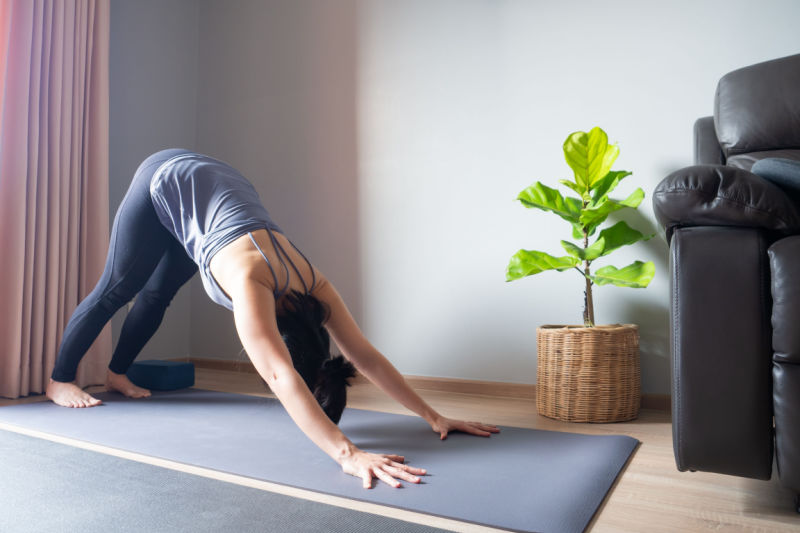

How to do adho mukha svanasana steps?
- Begin with a plank pose, balance on your hands,
- Inhale while lifting your hips to form an inverted V-shape with your body.
- Ensure your legs are straight, and try to make your heels touch the floor.
- As you exhale, go back to the starting posture.
- Repeat this pose 5 times, and consider pedaling with your legs to relax your leg muscles.
Adho mukha svanasana benefits
- Rejuvenates your body when you’re exhausted
- Strengthens your lower body muscles and legs and tones them
- Improves blood circulation across your body and the brain
- Reduces the effects of stress and anxiety
What is dhanurasana?
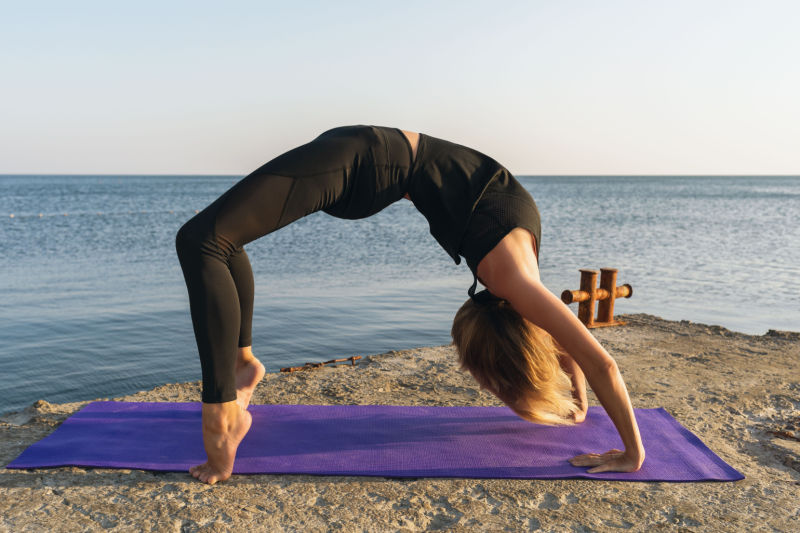

How to do dhanurasana?
- Lie down with your face towards the ground.
- While inhaling, raise your head upwards and lift your lower body backward.
- Hold your ankles with your hands and make sure that only your navel is touching the ground
- Stay at this arching position for 10 seconds.
- Exhale and return to the original pose and relax.
Dhanurasana benefits
- Enhances your confidence levels.
- Helps in managing diabetes and digestive complications
- Strengthens your abdominal and back muscles
- Improves blood circulation
- Helps re-adjust a hunched back and the overall body posture
What is paschimottasana?
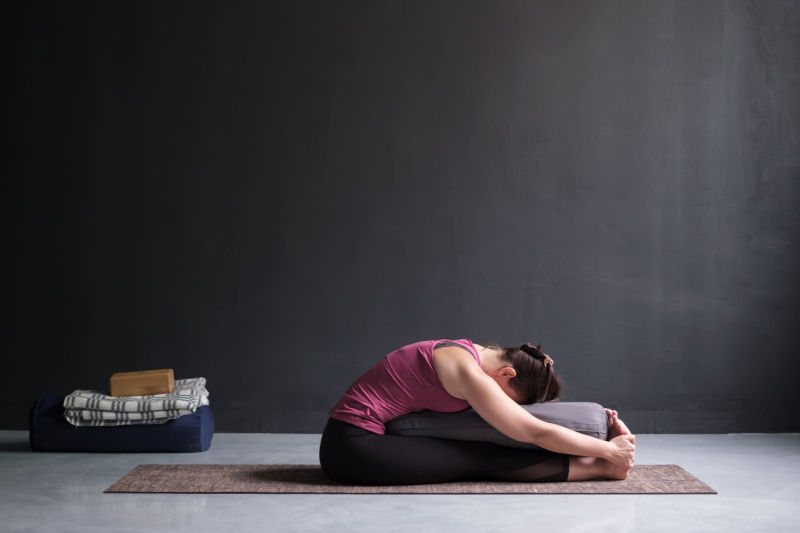

How to do paschimottasana?
- Sit straight on the ground with your legs stretched out.
- While inhaling, raise your arms
- Now exhale and bend forward and try to reach your toes with your hands
- Bend as much as you can, but don’t over-strain your body, as it can cause injuries.
- Hold this position for 10 seconds and repeat accordingly.
Paschimottasana benefits
Here are the paschimottasana benefits that you can get:
- Helps reduce belly fat
- Keeps anxiety and depression at bay
- Strengthens your lower back and hamstrings
- Helps you sleep better and deeper
What is palakasana?
Palakasana, or the plank pose, is a basic yoga for energy posture that enhances your abdominal and arm strength. It also boosts your core strength and helps you become more comfortable with your sense of self.
How to do palakasana?
- Start with table posture.
- While inhaling, take your feet back,
- Lift your chest to form a plank position.
- Hold this position for 60 seconds.
- While exhaling, go back to the initial position.
- Relax with the Vajrasana pose.
Palakasana benefits
- Efficient in building core muscles and stamina and increases your metabolic rate
- Tones your abdominal and core muscles
- Engages the chest muscles, resulting in a healthier respiratory system
- Promotes bone tissue growth
Reignite your energy and connect with your deeper self with #YogaBAE or Yoga Before Anything Else. Incorporate these yoga exercises to boost your muscle and overall strength.
Stay tuned to the Activ Living Community. Keep up to date with the latest health tips and trends through expert videos, podcasts, articles, and much more in nutrition, fitness, mindfulness, and lifestyle conditions like Asthma, Blood Pressure, Cholesterol, and Diabetes. Activ Living ke saath sahi sehat ki shuruat ABHI karo.
You may also be interested in the following blogs:
- 3 Types Of Asanas – Tadasana, Padmasana,Uttanasana And Its Benefits?
- 3 Yoga Poses That Every Person With Diabetes Should Try
Popular Searches
How to lower blood pressure | Fruits good for liver | Unhealthy foods | Ragi Benefits | Basal Metabolic Rate | Acupressure points for High Blood Pressure | Ayurvedic medicine for blood pressure | How to control cholesterol at home | Homeopathy for Asthma | Biological Age | Home remedies for TB | Natural beta blockers | Negative effects of internet | Types of walking | Blood pressure calculator | Blood sugar calculator | BMI Calculator











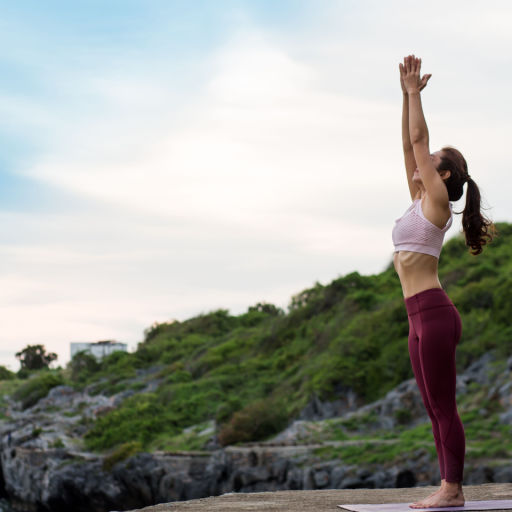
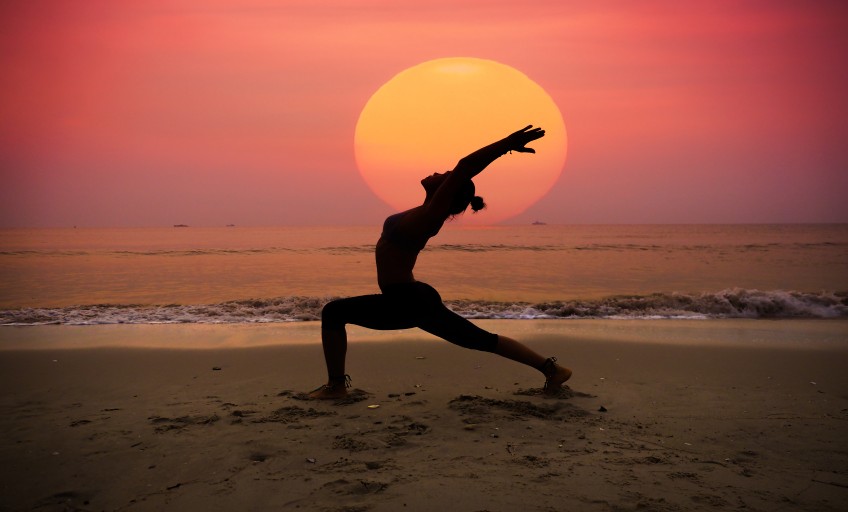
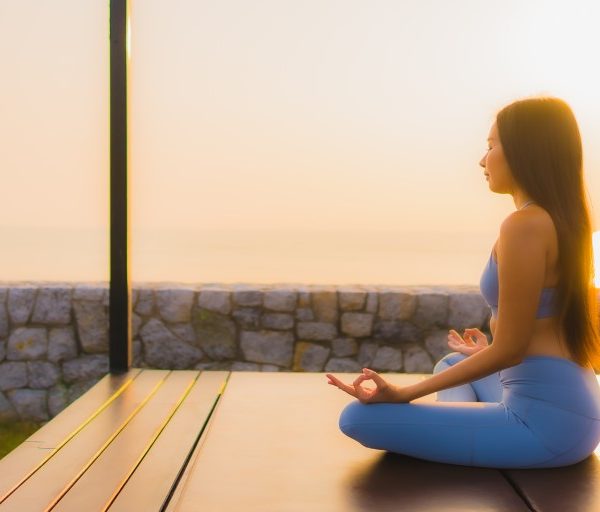


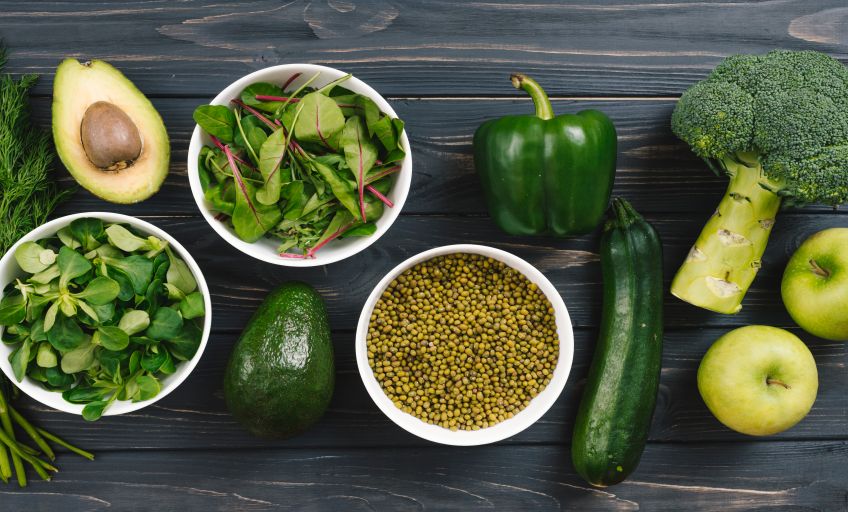

This is a great piece of writing with a lot of useful information! I really enjoyed the way the story was presented and the writing style was very engaging. I’m looking forward to reading more posts from you in the future! Cheers!